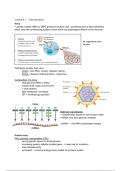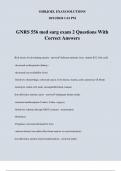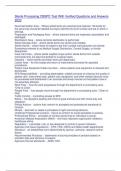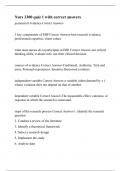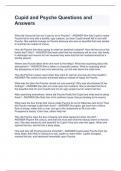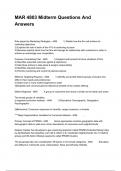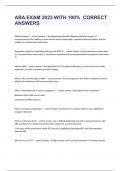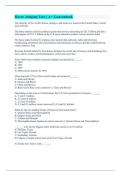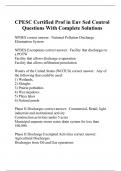Notes de cours
Molecular Virology - Lecture notes
- Cours
- Établissement
- Book
Lecture 1 - Introduction Lecture 2 - Plant viruses (+mRNA) Lecture 3 - Picornaviruses (Polio) Lecture 4 - negative RNA Bunyaviruses Lecture 5 - negative RNA Influenza viruses Lecture 6 - Retroviruses / HIV Lecture 7 - RT DNA viruses: para-retroviruses Lecture 8 - DNA Baculovirus Lecture 9 -...
[Montrer plus]
